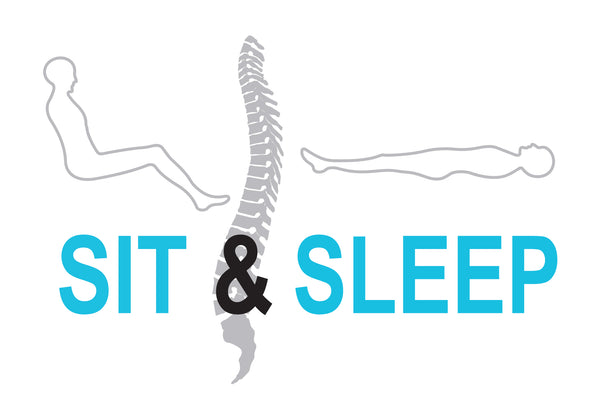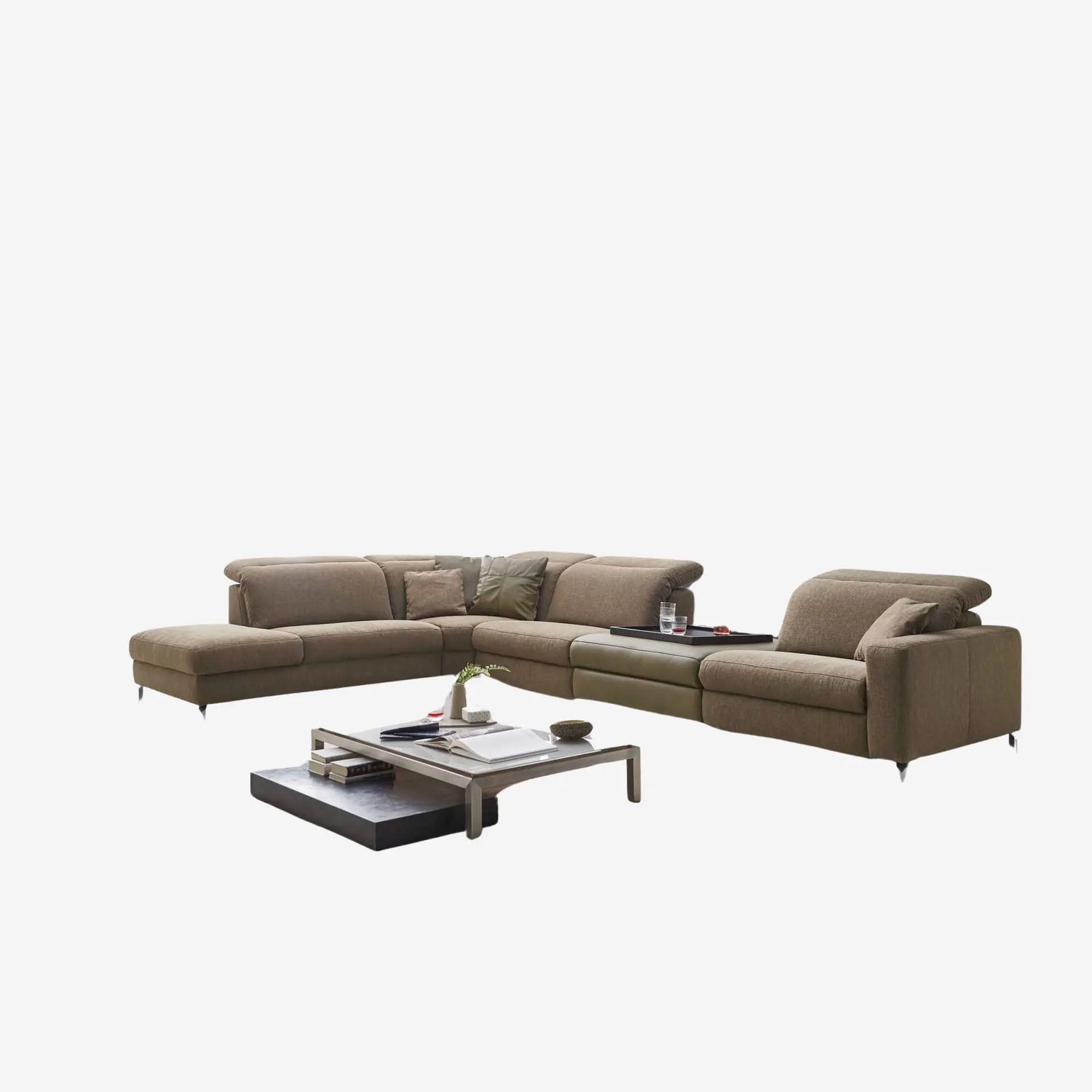Ergonomic sitting
Ergonomic seating products
-
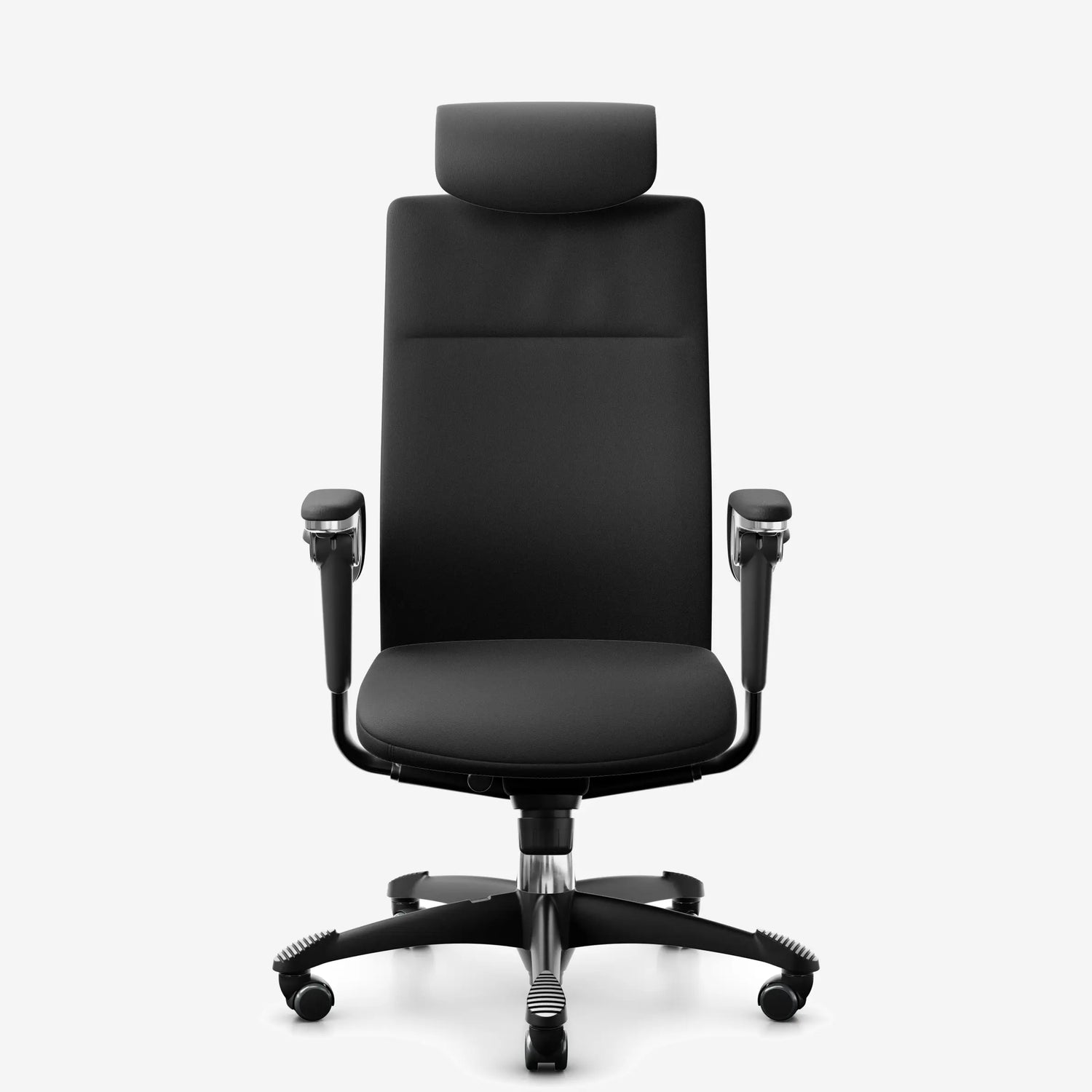
Office chairs
An ergonomic office chair is one that has been custom-adjusted by a...
-
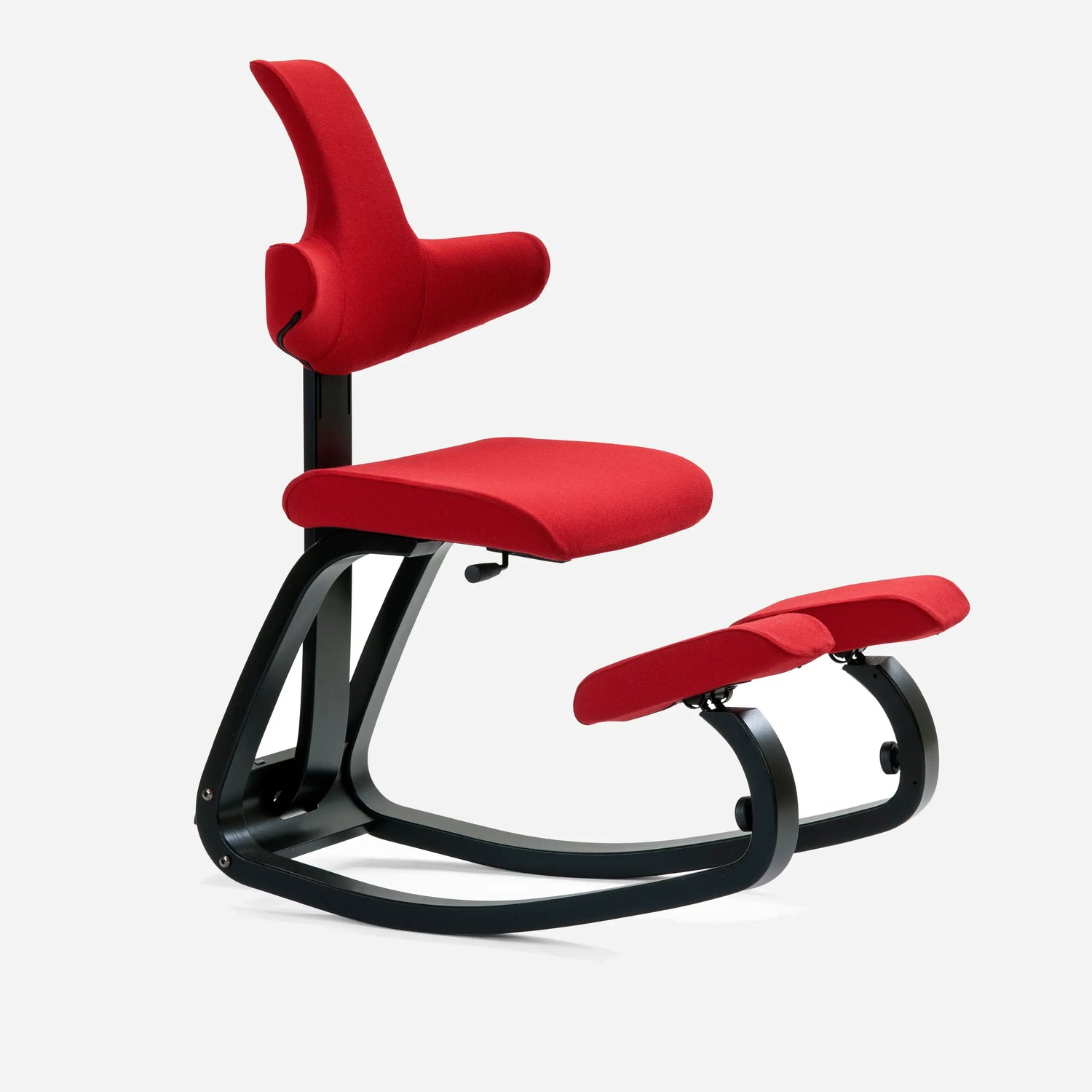
Kneeling chairs
Discover the benefits of ergonomic kneeling chairs! Improve your posture, reduce back...
-
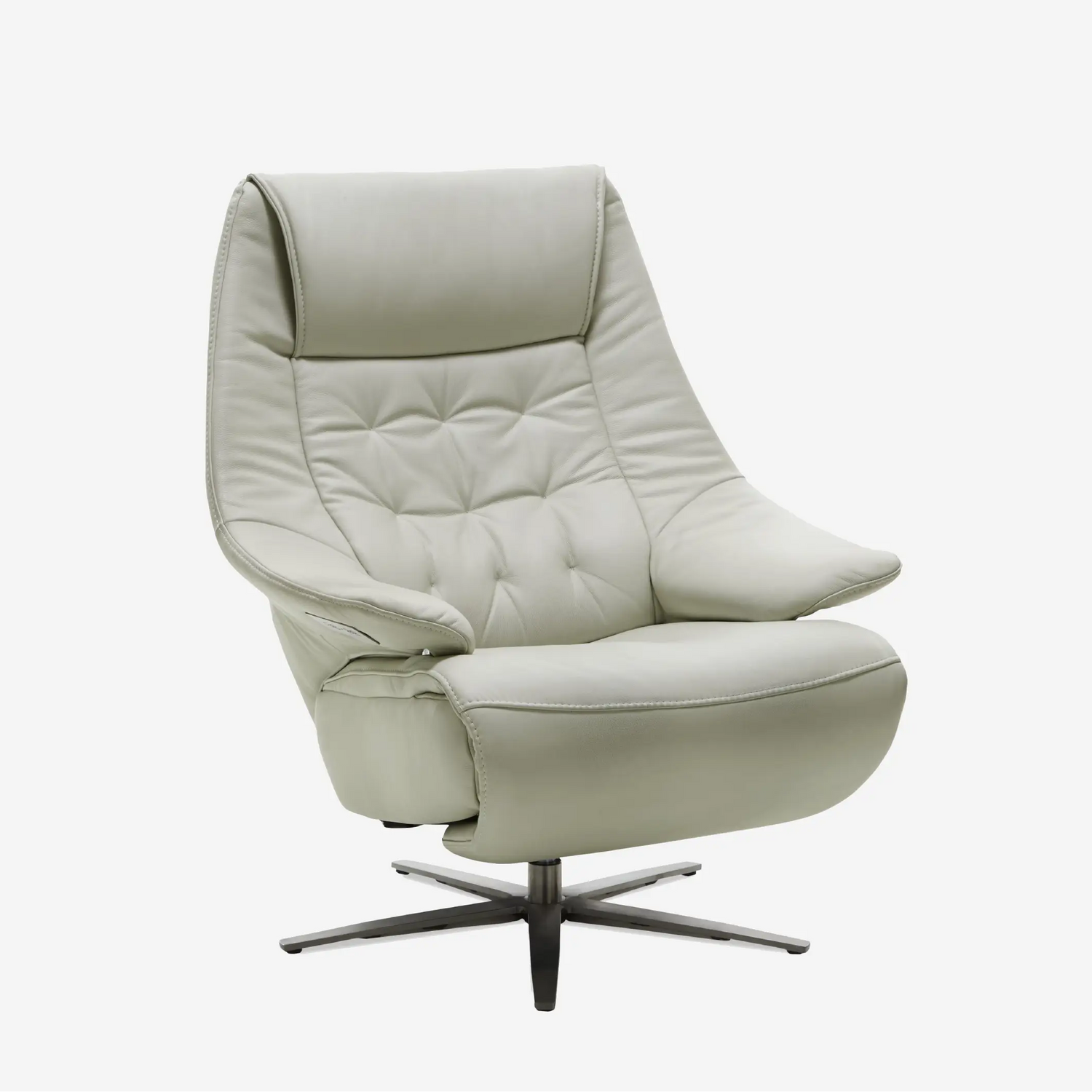
Relaxation chairs
Discover our ergonomic recliners: ultimate comfort with optimal support for your back...
-
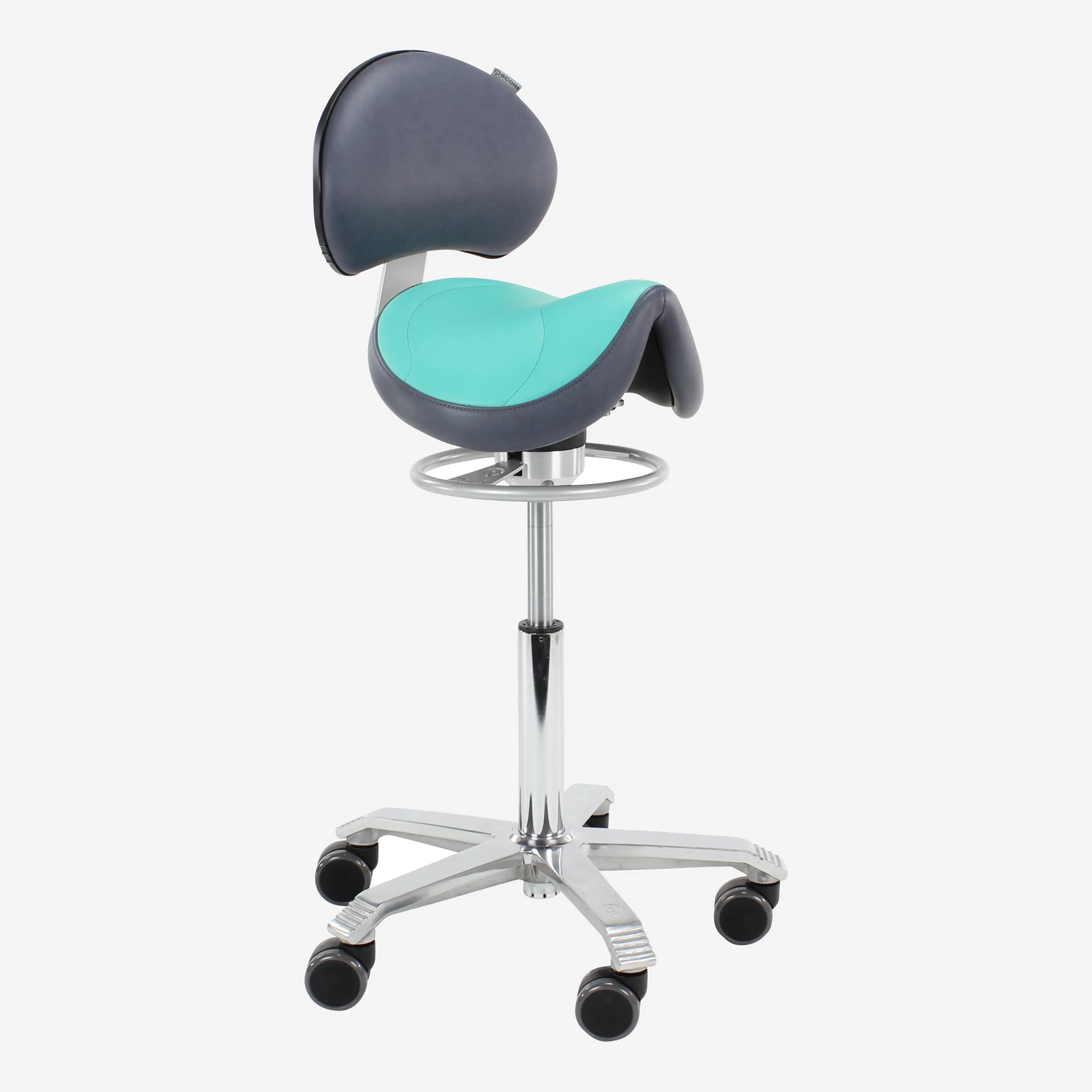
Saddle chairs
Discover the benefits of ergonomic saddle chairs: improve your posture, prevent back...
-
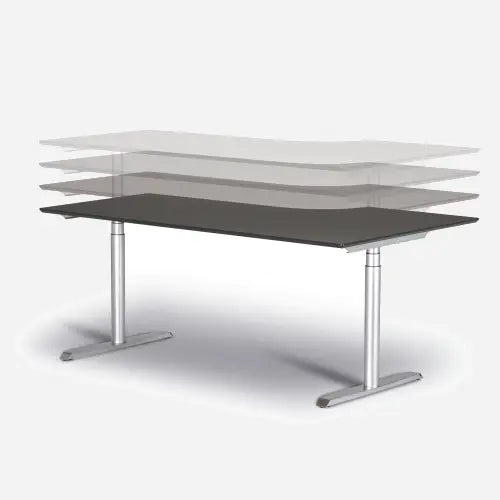
Sit-stand desks
Improve your posture with an ergonomic sit-stand desk! Switch effortlessly between sitting...
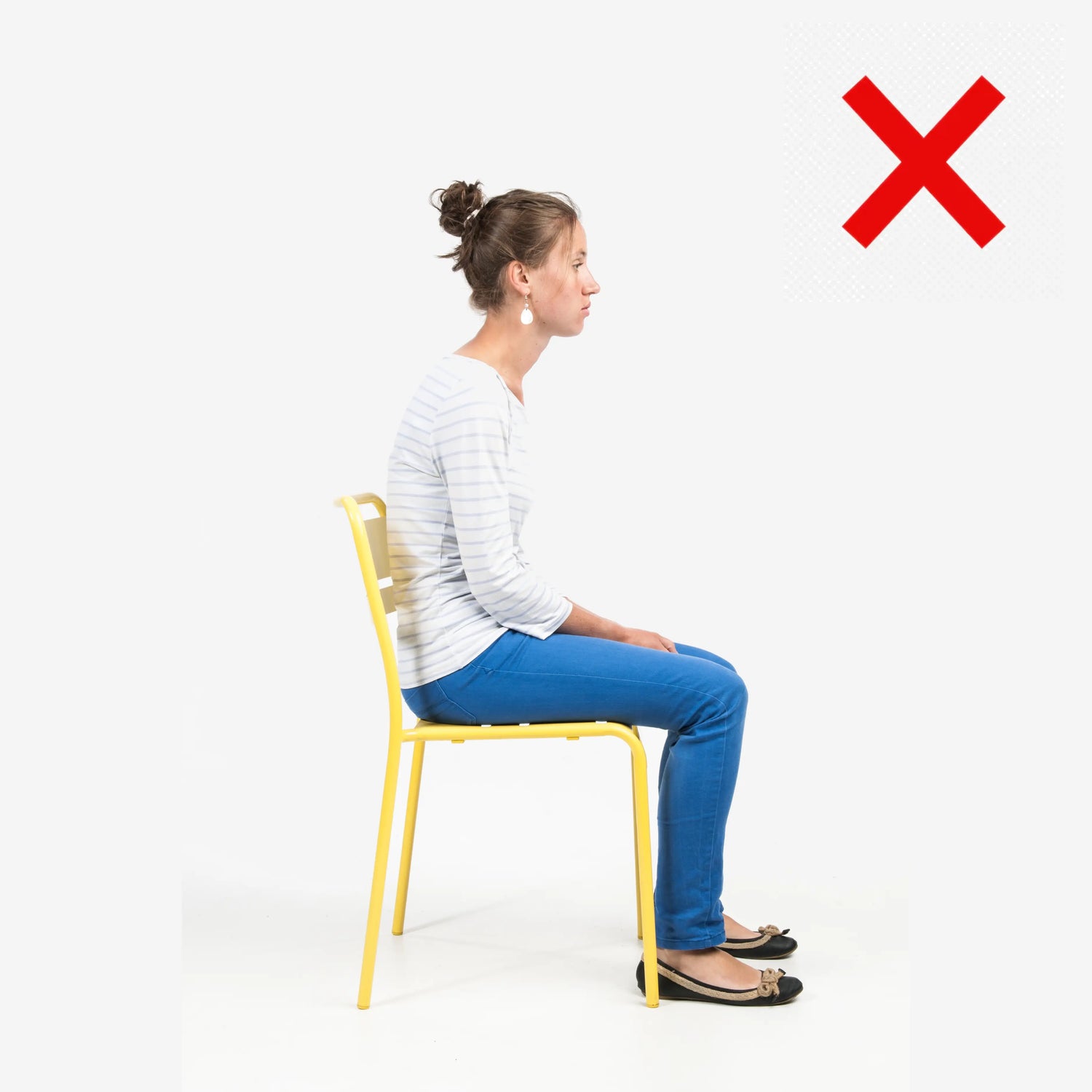
Why good sitting is so important
Prolonged static sitting can lead to:
Lower back pain and tired legs
Neck and shoulder complaints
Pressure on the intervertebral discs
Decreased blood circulation and concentration
Eye strain and headaches
Poor sitting posture not only causes physical complaints, but also has a negative impact on productivity and well-being.
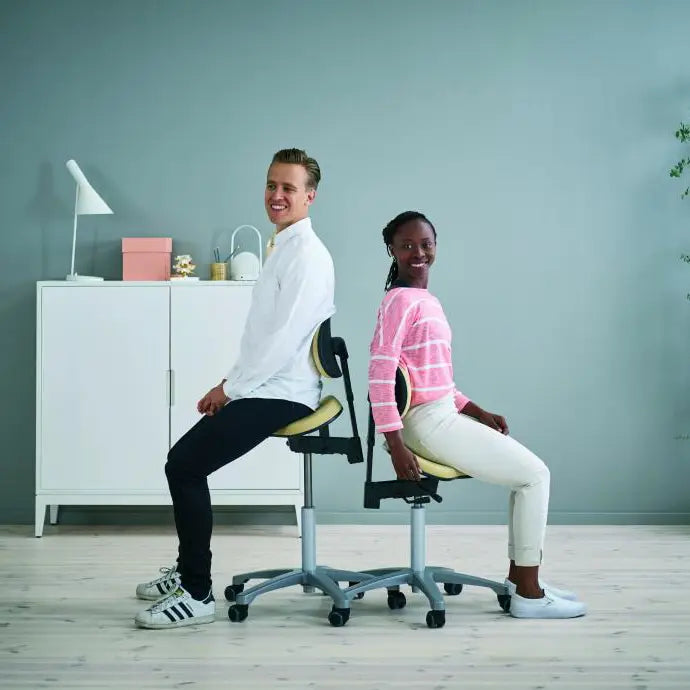
What is ergonomic sitting?
Sitting ergonomically means your body is optimally supported and you change your position regularly. There's no such thing as one perfect posture. The best posture is always the next one!
Key principles:
-
Open hip angle : approximately 135°, which allows the back to maintain its natural curvature and improves blood circulation.
Dynamic sitting : alternate regularly between active (leaning forward) and passive (leaning back) sitting. This keeps your muscles and discs healthy.
Variation : combine sitting with standing and moving to avoid overload.
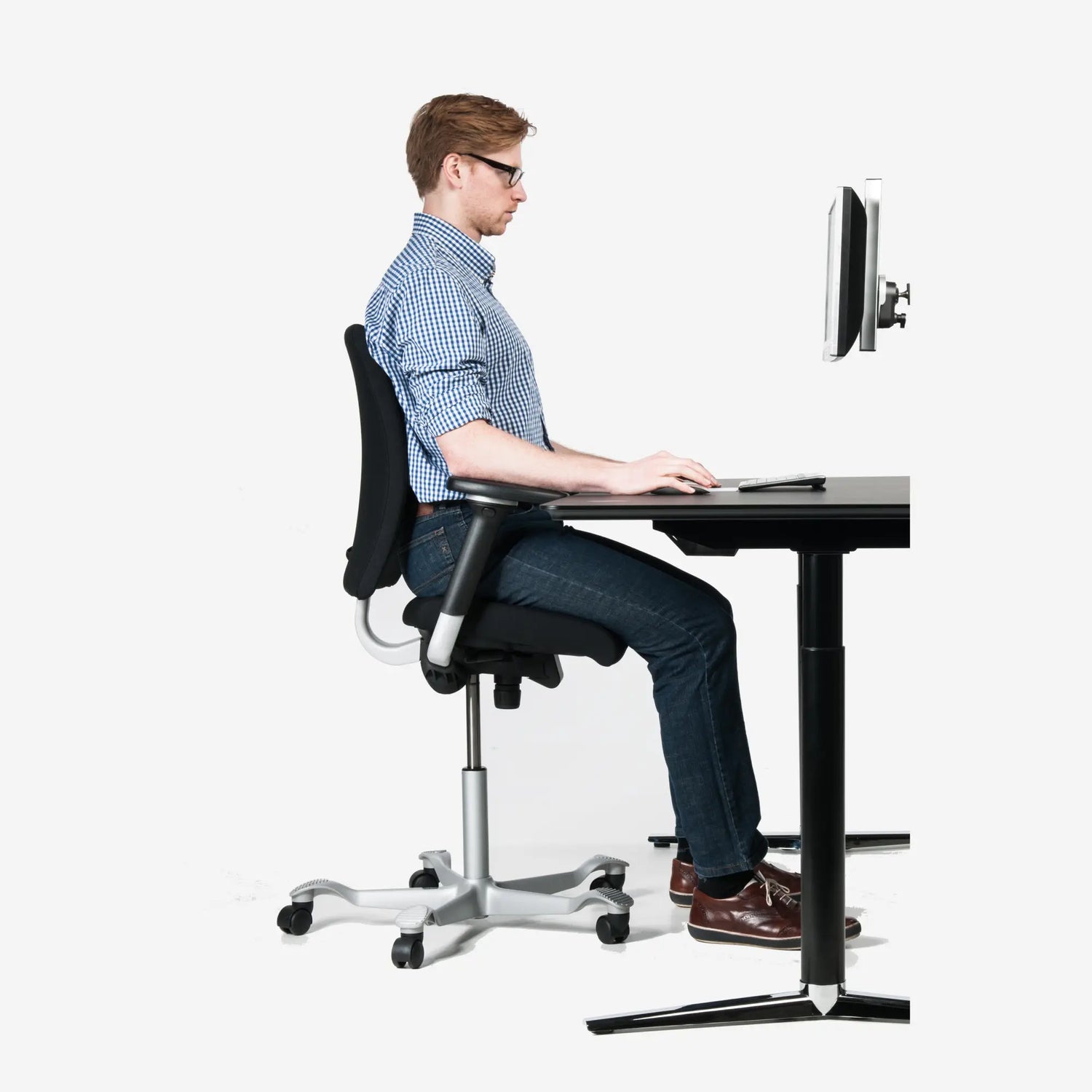
The role of an ergonomic office chair
A good chair adapts to you, not the other way around. Keep these points in mind:
- Adjustability : seat height, seat depth, backrest and armrests should be individually adjustable.
- Back support : A lumbar support helps maintain the natural curvature of the lower back.
- Movement mechanism : chairs with a synchronous or free-float mechanism encourage movement and reduce the risk of overload.
- Armrests : reduce tension in the neck and shoulders.
👉 Important: Never lock the motion function. Small movements can make a big difference.

The complete picture: workplace and work habits
Ergonomics doesn't stop at the chair. Your desk, screen, and work organization also play a role:
- Desk height : adjusted to your chair, or use a sit-stand desk for extra variety.
- Screen : top edge at eye level, viewing distance 50–70 cm.
- Keyboard and mouse : 10–15 cm from the edge of the table, elbows relaxed at 90°.
- Breaks : Take a short break or micro-break every 30 minutes. Stand up, walk for a bit, or do simple stretching exercises.
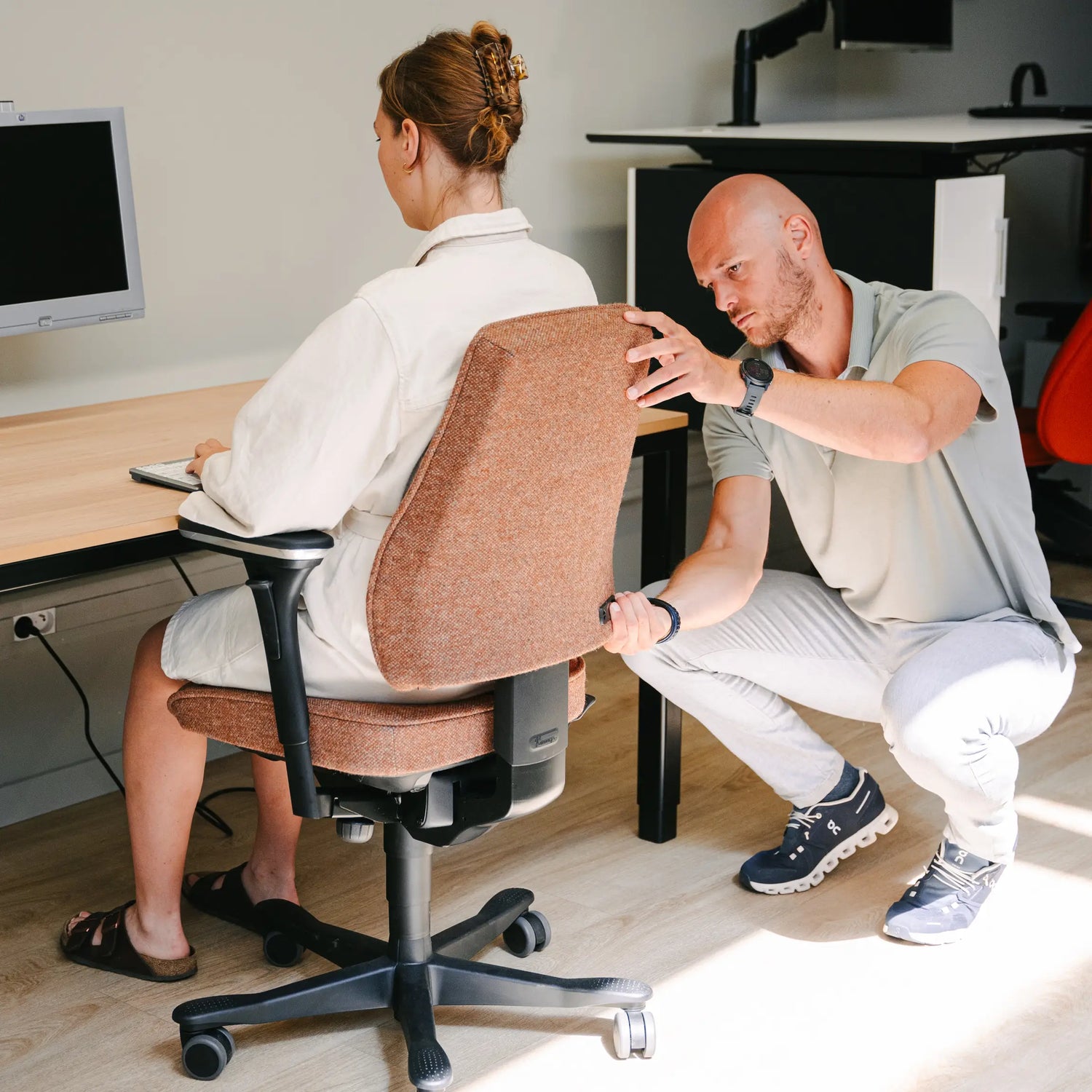
Professional workplace advice tailored to your needs
Our physiotherapists and ergonomic consultants are happy to provide professional advice on making your workplace healthier and more comfortable. Together, we'll explore how to resolve or even prevent back and neck pain.
